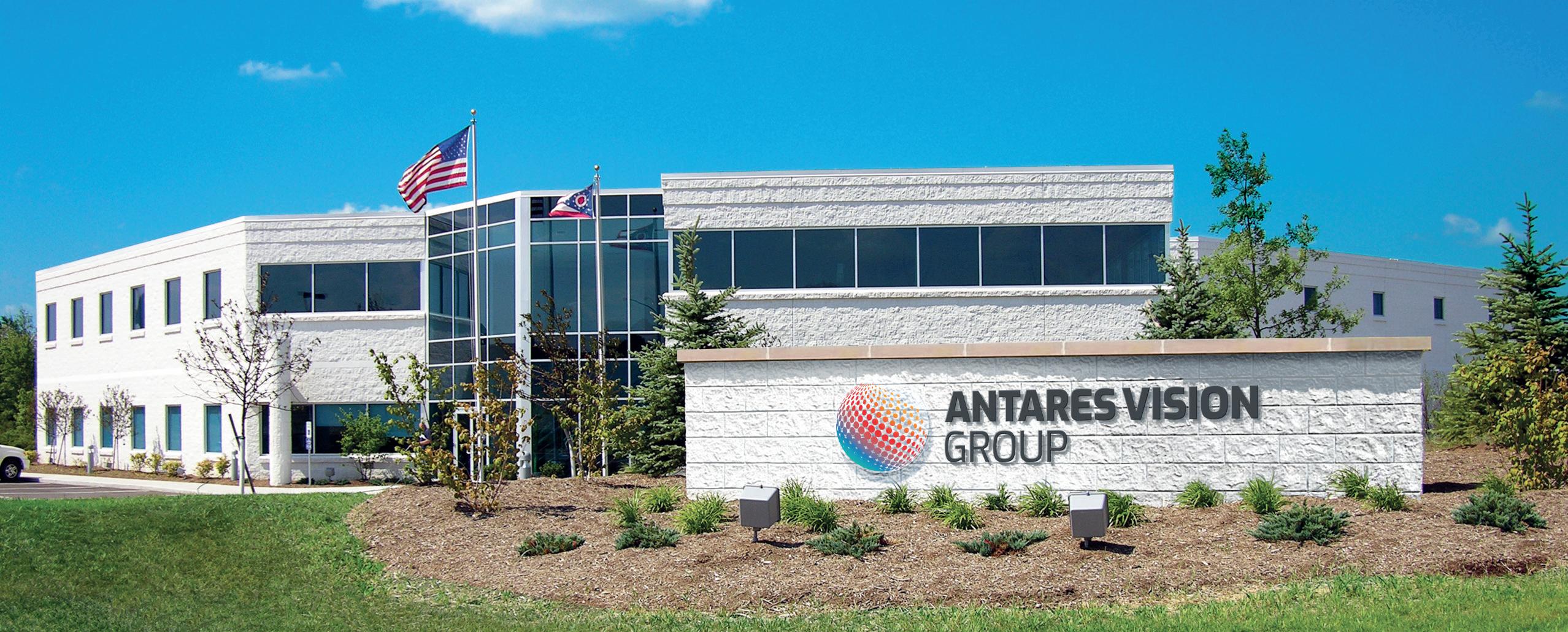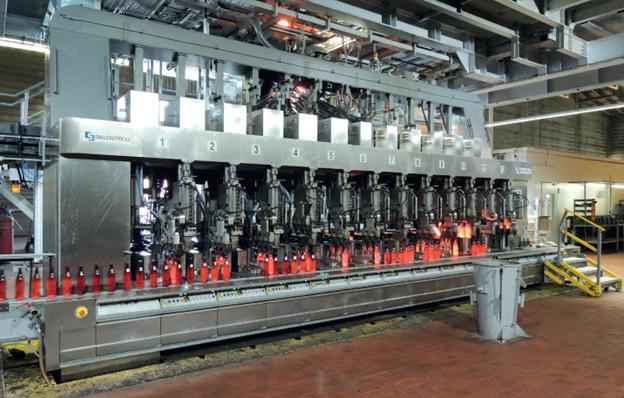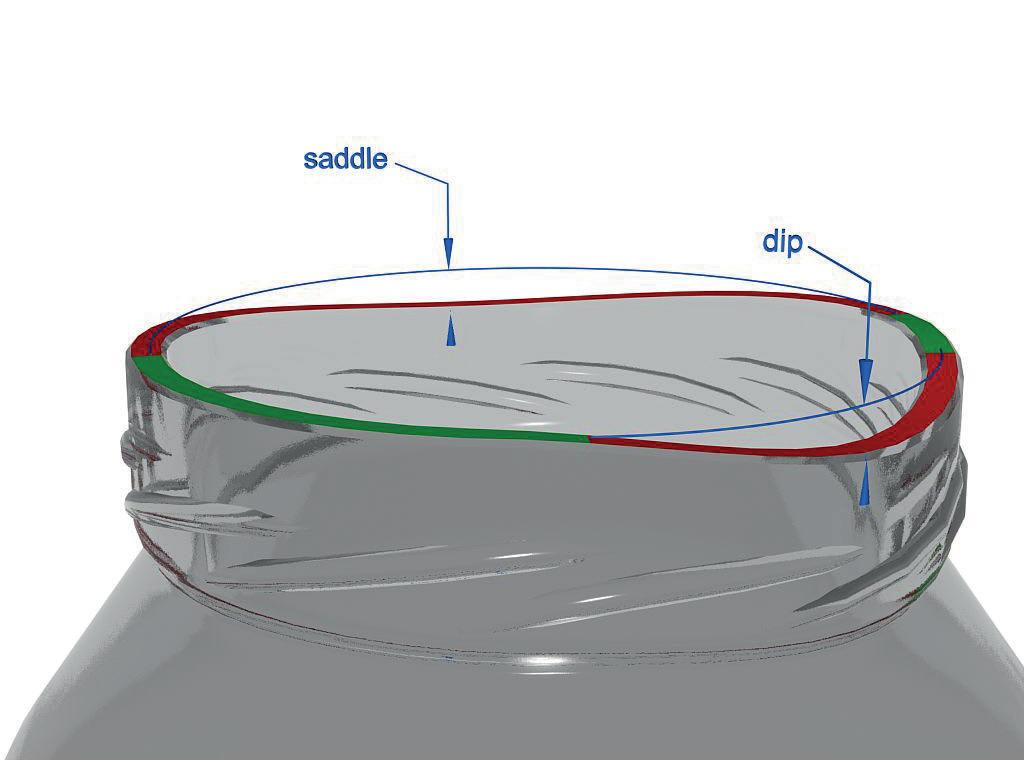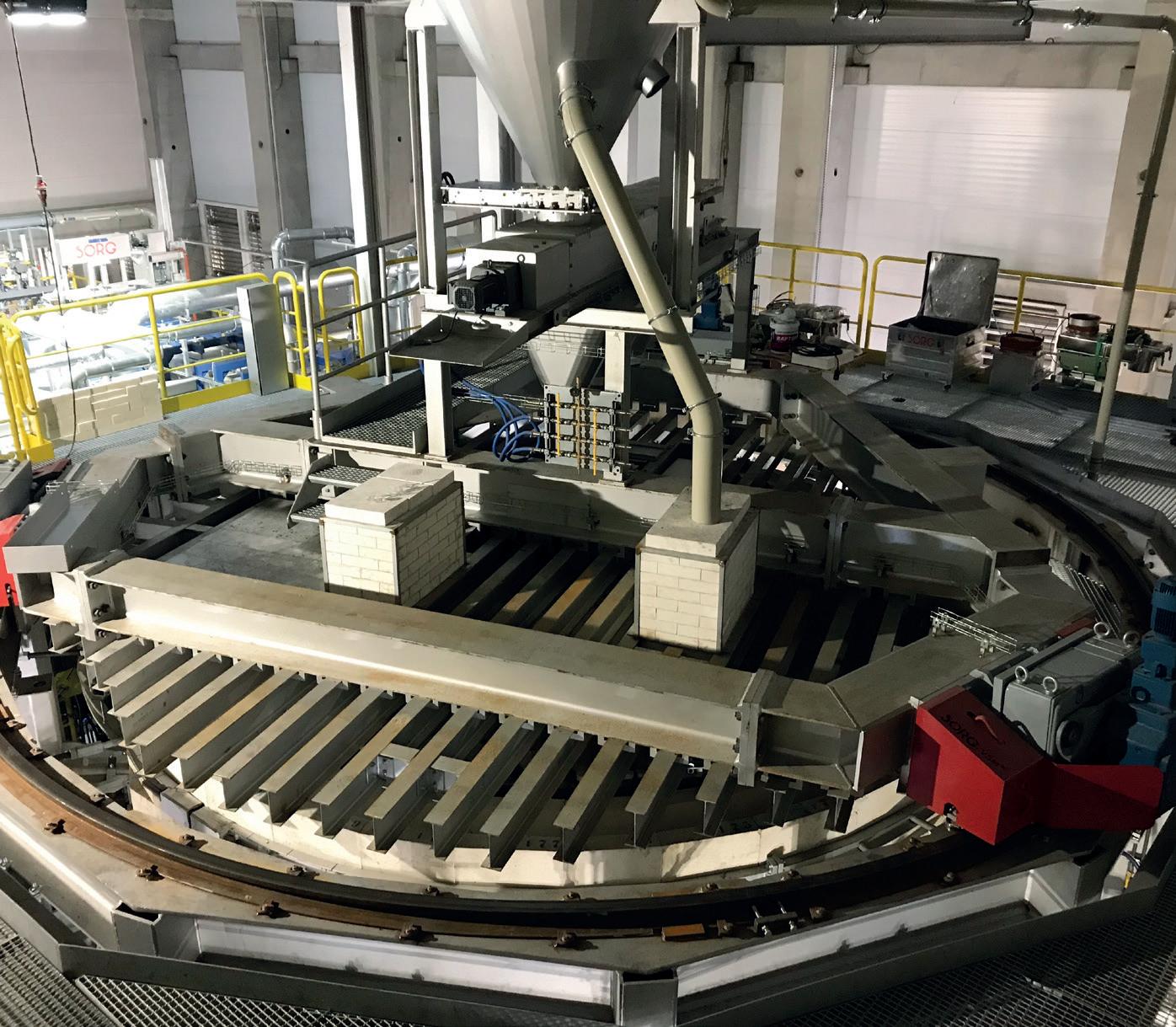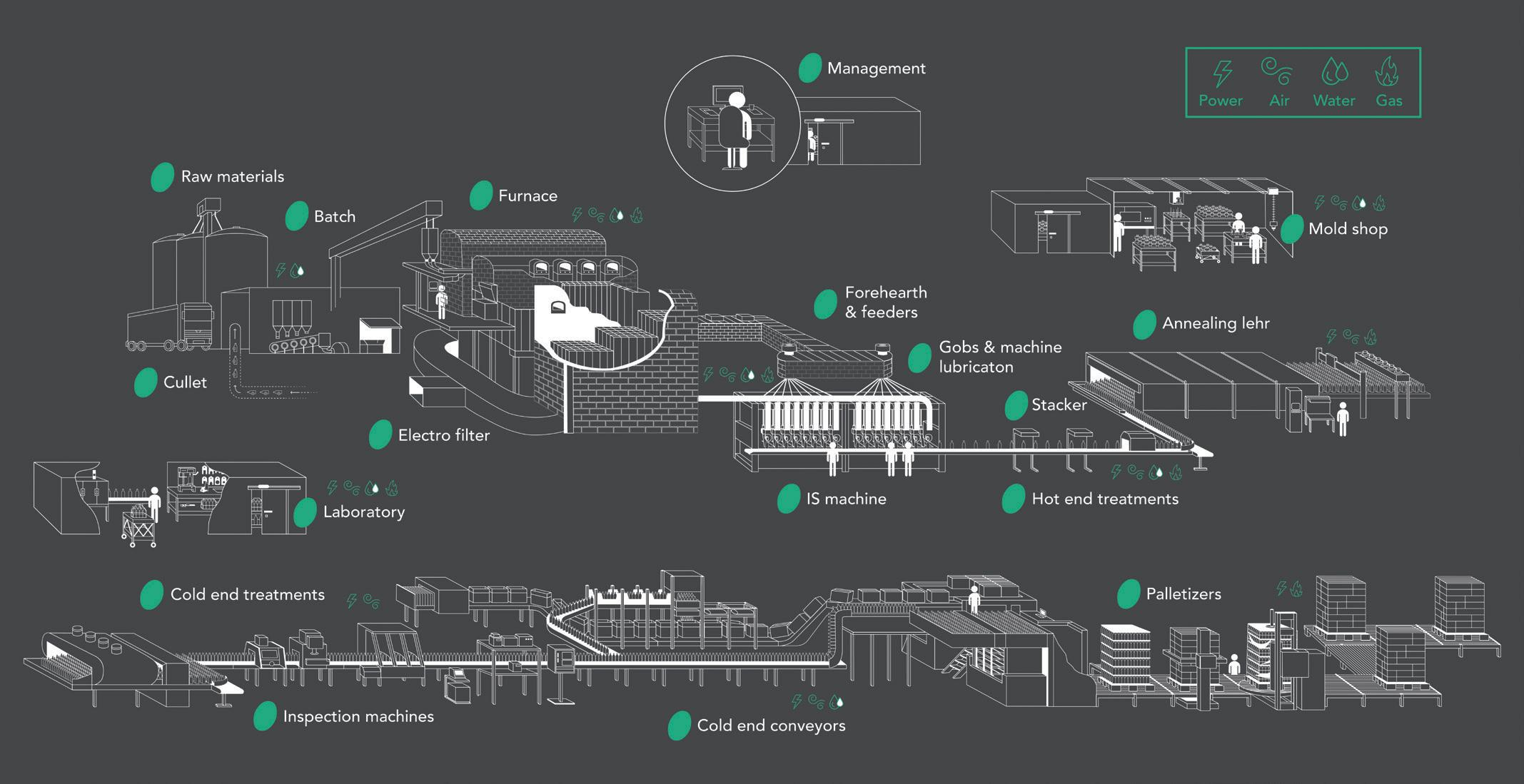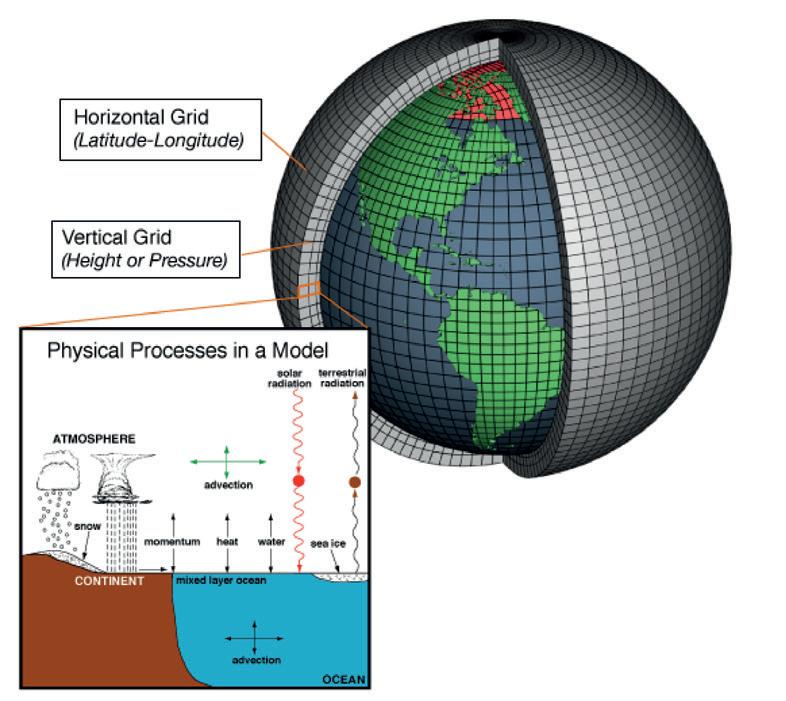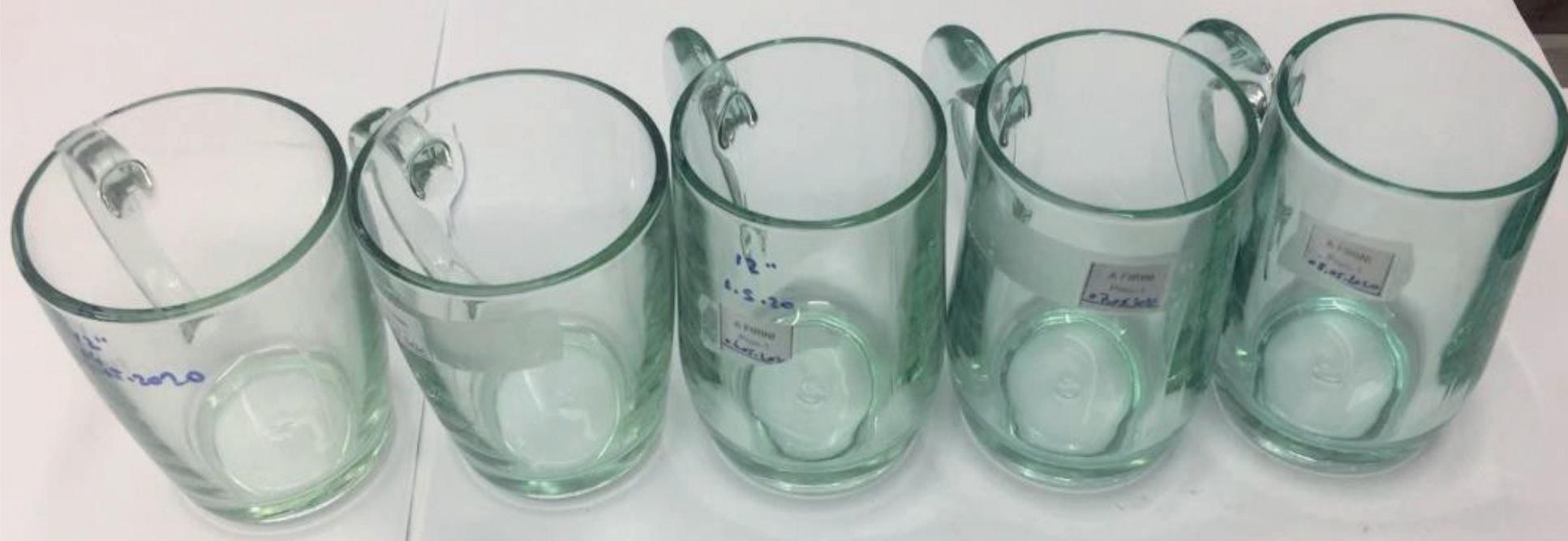
10 minute read
Decarbonisation: Sisecam
The importance of recycling from a circular economy perspective
Arca Iyiel* and Efe Caglayan** discuss Sisecam Environment Systems project to boost glass recycling in Turkey and to create a resource-efficient circular economy.
� Fig1. Standard soda lime and recycled glass products (increase in cullet ratio from 25>95%).
The circular economy is defined as an economic system that is restorative or regenerative by intention and design. It replaces the ‘end-of-life’ concept with restoration, shifts towards the use of renewable energy, alternatively reusing, recycling and recovering materials. It also eliminates the use of hazardous compounds and aims for the elimination of waste through the superior design of materials, products, systems in production/distribution and consumption processes.
Economic analyses show that, implementing circular economy principles in fundamental productions of modern industry, may support the solution of many important problems such as climate change, water crisis, landuse and employment.
With its 100% recyclable nature, eco-design and modern production technology glass is a perfect example of today’s circular economy concept in action.
The recycling period begins with a separation and separation collection at the end of a product’s lifetime. It is then continuous with those separated processing steps. The last step for recycling is using the recycled material for new production instead of virgin material.
Recycling is a win-win game where it has some benefits in diverse platforms. To explain with an example, giving cost saving chances to a company, supporting the environmental gain with reduced environmental impacts and creating versatile job opportunities, are some of the benefits of recycling.
But the most important impact is that all benefits are sustainable for recycling. If recycling could be a lifestyle for society, all benefits on recycling may occur. Recycling should and will have a place in daily life for all people.
Packing material has two versions of recycling. One of them is downcycling (downstream recycling) and the other is closed – loop recycling. With downcycling, material turns into another product with known loss in the quality of product. Transformation of plastic bottles into a new type of fabric in textile industry can be given as an example for downcycling. On the other side, material can be recycled to same product without any loss in quality via closed-loop recycling. Glass recycling in our case is an example for closed-loop recycling. Hence, glass is a material that can be recycled infinitely many times while protecting its quality and form. The process can be continued in endless loop.
CO2 emission revision
By using cullet, production can capture significant benefits; decreased raw material consumption, reduced energy consumption and emissions. Approximately 1t cullet replaces 1.2t raw materials and 1t cullet using avail 0.67t CO2 emission reduction. When production is applied using 100% cullet, up to 25-30% energy saving can be reached. Sisecam has processed 1.2-million-ton cullet since 2011; therefore, the amount of carbon emission that is equal to 442.021 cars’ emission for one year is prevented via using cullet.
The other advantage of using cullet is that the same amount of cullet is
prevented to be sent into a landfill
For operators, finding internal cullet is generally not a problem. In fact, the scarcity of internal cullet is an indication of high productivity. However, some fundamental problems may be encountered in the supply of external cullet.
Composition, colour, and redox conditions of external cullet may differ to internal cullet. Contaminants such as ceramics and metals have to be removed to obtain a suitable cullet, heavy metal containing glass cullet should comply with the limits. Grain size and grain size distribution should match the specifications. Addition to those, recycled cullet must be able to compete with the cost of raw materials and should offer advantages in terms of environmental taxes and emission restrictions if there is any.
Otherwise, the recycling of glass will never be attractive for the operators. Consequently, as well as finding enough cullet, finding cullet in suitable conditions is an obstacle that needs to be well managed.
Basically, it is critical for an effective recycling system to meet the following conditions: � First, the installed capacity of sorting & recycling infrastructure should be sufficient. � To be financially viable, covering all packaging types is important. Therefore, it is possible to finance waste with another. � Optimising logistics is important, recycling facilities can be built close to or attached to production facilities. � The system should be governed and controlled by strict regulations, direct or indirect obligations should be defined, and effective targets should be set. � While setting up the deposit fee, it should attract the consumer but also be reasonable in terms of selling costs. � Management should be centralised, but in practice, regional conditions should also be considered for the operation step. � Support mechanisms should be considered, at least in the early stages of the system. � The involvement of all stakeholders is essential and better to support the voluntary initiatives and to plan joint actions with the policymakers.
� It is also critical that the system is supported in social terms (such as individual and commercial participation.)
Fostering glass recycling
Sisecam prioritises the use of raw materials, natural resources and other production inputs that are sourced from recovery practices and the outputs of other industries, thus localising the supply chain, decreasing emissions from transportation and production, and reducing our environmental footprint.
Sisecam believes that circular economy practices will change the production and waste removal processes, starting
from the design phase, and will initiate an important industrial transformation by ensuring the products and waste are recyclable.
In line with the circularity vision, Sisecam established its Sisecam Environment Systems to boost glass recycling in Turkey and to create a resource-efficient circular economy. In addition to carrying out waste glass recycling processes at its two facilities, Sisecam also purchased the cullet of alternative suppliers who provides cullet that are ready for the furnace and production step.
Sisecam has already increased postconsumption recycling capacities by directly and indirectly investing in four waste-glass recovery plants with an aggregate recovery capacity of 790K tons/year. Sisecam has been carrying out our Glass and Glass Again project since 2011, in co-operation with its various stakeholders. The project aims to support the transition to a recycling society by effecting social behavioural change. Glass and Glass Again has three main objectives: � Raising public awareness on glass packaging recycling � Developing the infrastructure for the collection of glass packaging waste � Modernising the facilities where glass packaging waste is collected and processed, and separating glass packaging waste from household waste before landfilling
Social framework
Since the launch of this initiative, more than 250,000 primary school students have received instruction on recycling, more than 20,000 glass collection containers have been made available to municipalities, and 1,562,000 tons of glass waste have been recycled. This effort has prevented greenhouse gas emissions equivalent to eliminating 562,239 passenger vehicles from traveling 10,000 kilometers. Energy savings from recycling has amounted to the equivalent of meeting the heating and hot water needs of 65,595 homes for a year. In addition, carbon dioxide emissions have been reduced by an amount which is equivalent to having 48,220,678 trees a cleaning the air for a year. The use of cullet in 2021 was 26%, and Sisecam continues to work towards increasing the percentage up to 35% by 2030. To increase this rate even further, Sisecam is developing projects, and social, communication campaigns promoting the use of recycled cullet in production.
In addition to glass packaging production, Sisecam is pushing the possibilities of using cullet at the maximum rate for other glass production processes, depending on quality and type of glass.
As a result of Glass and Glass Again efforts, Sisecam produced the world’s first glassware collection in 2020, the Aware
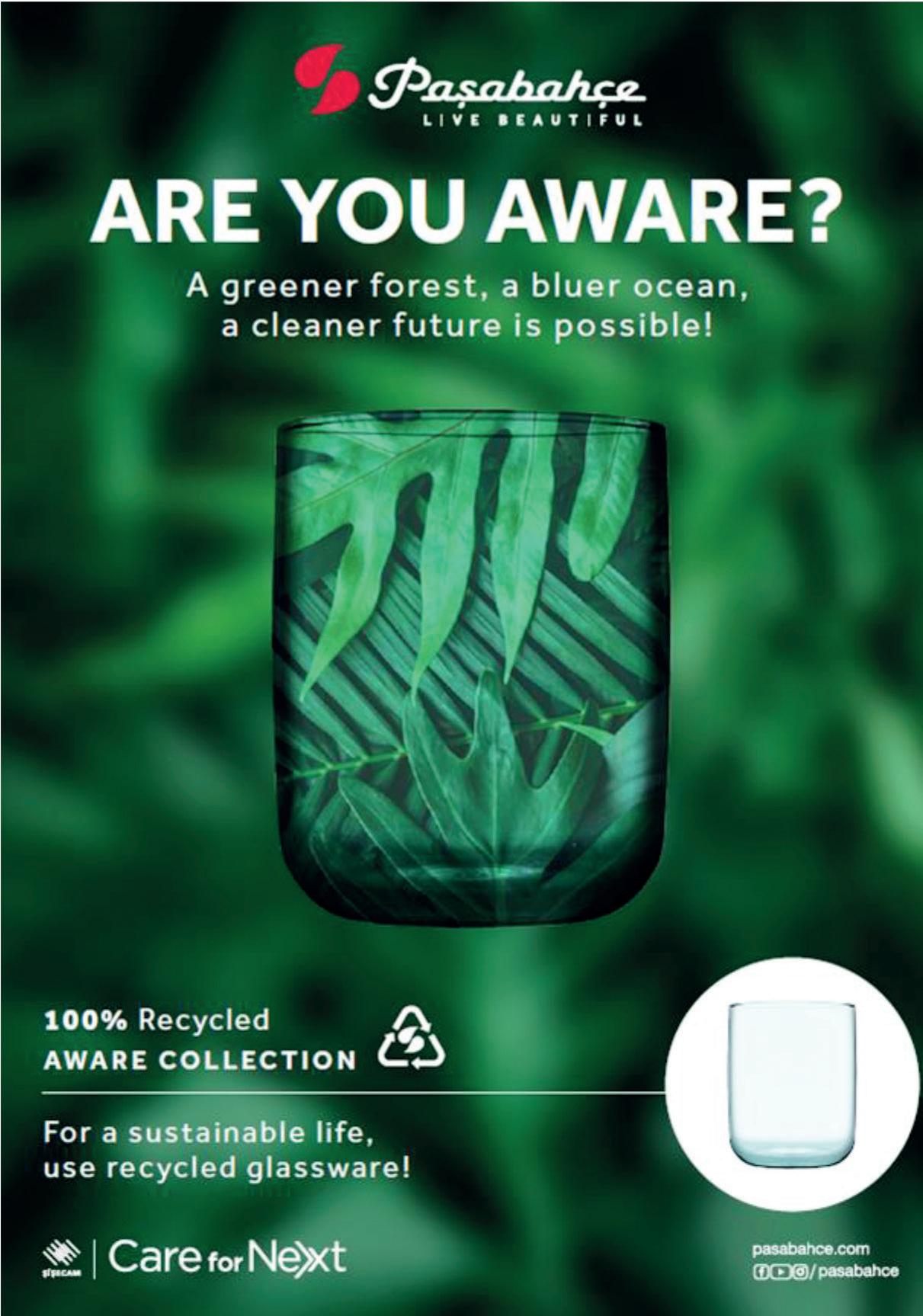
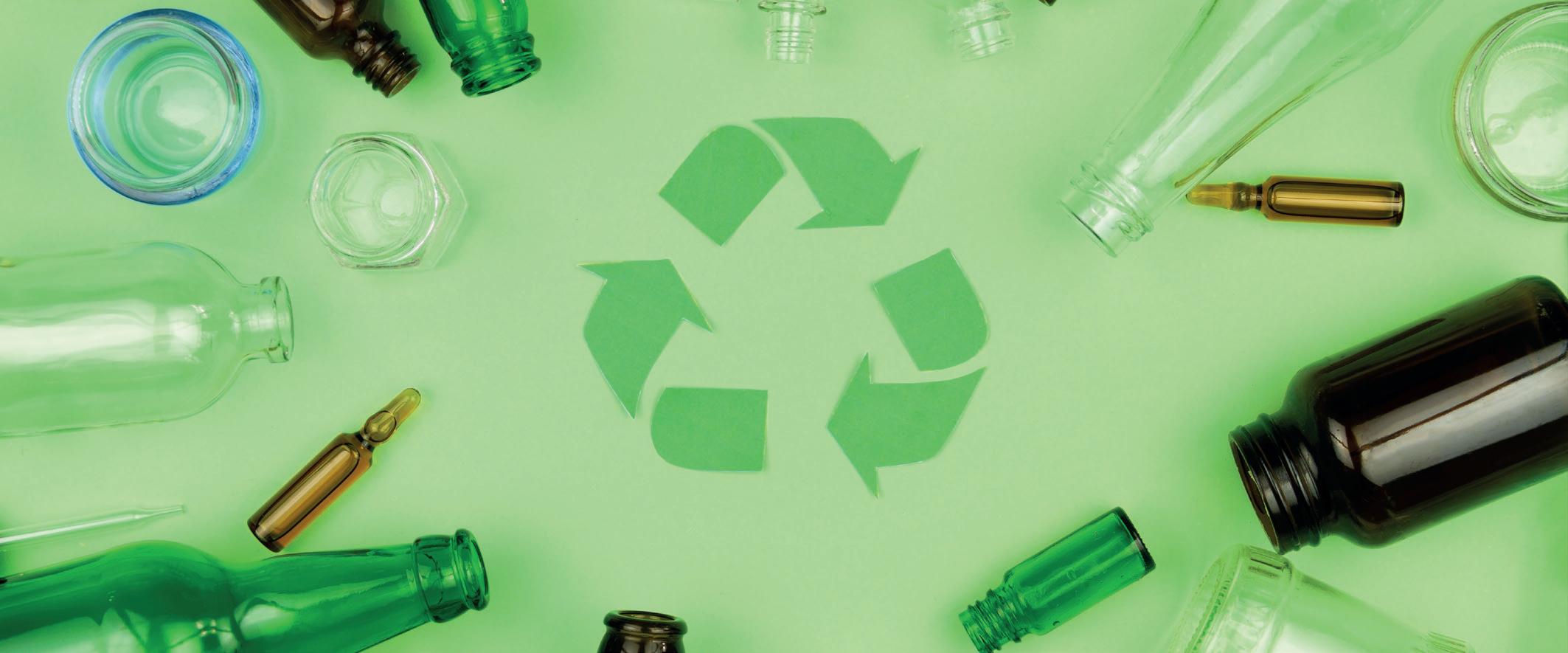
Collection, by collecting and recycling the glass that has been used at least once before with the vision of leaving a better world for future generations.
The Aware Collection eliminates the need for new raw materials, while supporting the circular economy and reducing the amount of carbon footprint and industrial waste. Through solving the transparency and colour problem of recycled glass in conventional recycled glass production, quality of Pasabahçe is reflected in the collection. Sisecam customers are invited to support the recycling movement of glass waste and to be a part of sustainability (Fig 1).
Recycled glass production practice
One of the most important motivations of the project is to increase the awareness of recycling. As mentioned in previous sections, our world should be protected by saving resources and taking action to decrease CO2 level.
Production yield is almost 100% in recycled glass whereas with traditional raw materials, batch yield is only about 83-85 %. This means, global resources can be saved by using recycled glass instead of using batch materials.
At the beginning of the project, previous experiences were reviewed, and a literature survey was performed for evaluating possible quality risks. After planning the laboratory studies, cullets which were coming from different sources with various colourants and compositions were analysed.
Afterwards, melting was done by sole and by mixing different ratios of cullets to analyse their effect on colour and workability. As a final step of laboratory studies, characterisation studies were carried out to differentiate the effects of cullet on glass properties
Then pilot trial was planned in one of the pot furnaces to evaluate different melting conditions and cullet qualities. Glass samples obtained in pilot trial showed that redox of the cullets and contaminants in the cullet have huge effect on colour. Reduced conditions and colored contaminants decrease brightness and lead to change in color parameters. Also, characterisation study was performed on the samples. Finally, some analysis and tests, such as chemical homogeneity, colour homogeneity, optical parameters, dishwasher resistance and mechanical properties were done to compare different cullet sources and compositions
After laboratory studies and pilot trial, another trial in bigger scale process conditions was done in May 2020. In this trial production, different cullet ratios and compositions were evaluated.
During that period, furnace pull increased by 30% and cullet ratio increased from 25 to >95 %. Only small number of raw materials added to normalise glass composition. With this trial, >95% cullet usage in glass production parameters reevaluated � Cullet quality limits � Colour tolerance � % usage � Energy advantage � Production conditions � Real samples for quality control tests.
Energy requirement for melting changed drastically. Natural gas requirement for melting tank decreased
By using 100% cullet, energy saving in the melting end reached up to 31%, which is a remarkable decrease in NG requirement.
Some production operations were reconsidered for 100% cullet usage. Cullet sorting and choosing representative analysis are important issues for stable production. Cullet ratio should be increased gradually for batch blanket control. Furnace atmosphere control is important especially for glass redox that affects glass colour. Because of lack of knowledge in terms of furnace reaction, cullet quality and ratio are evaluated carefully. For glass products quality, chemical analysis and colour parameters were monitored, periodically. Mechanical properties were also tested, and some actions were taken to improve the quality.
Apart from these analyses and tests, glass products were evaluated for thermal analysis, CTE, dishwasher resistance, corrosion test, bubble ratio and bubble analysis and striae.
When recycled glass composition was compared with normal soda lime production in terms of viscosity values, it was found that both compositions have similar properties at high and low temperatures.
Cobalt is added to have stable colour. Colour difference of recycled and standard soda lime glasses can be seen in figure 1.
Summarising the main challenges of recycled production: � The most important issue was the composition unstability in cullet mix � Fe2O3 % change in cullet made colour control harder, the change in the ratio of alkaline earth metals may cause workability harder � Contamination in cullet should be kept under control, especially for metals, ceramics, stones, glass ceramics. � If cullet contains different coloured and composition glasses, some operational interventions should be applied in the batch and the furnace, as previously discussed. � Particle size distribution is also important to prevent bubble forming potential and refractory corrosion
On the other hand, production with 100% cullet, strengthens awareness by decreasing raw material usage, reducing energy requirement and 0.423-ton CO2 / ton of glass emission. �
*Glass Properties Manager, **Environmental Sustainability Manager, Sisecam, Turkey www.sisecam.com.tr



